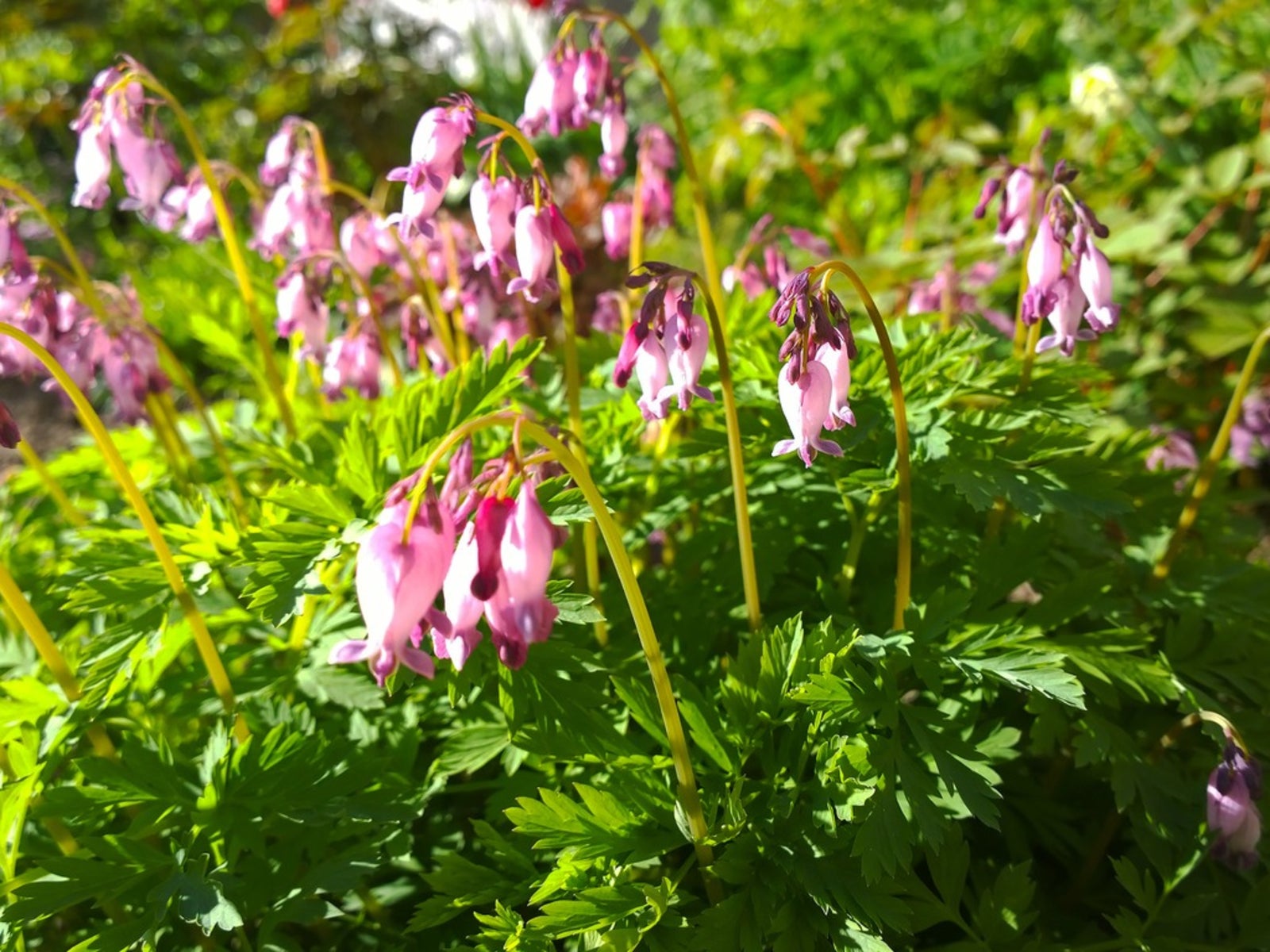Plants For Woodland Gardens: Ideas And Tips For Creating A Woodland Garden


Do you have large trees or unused wooded areas in your yard? Put them to use by creating a woodland garden. These garden designs provide a more relaxed and natural look to your landscape, and as a bonus, many of the carefree plants that are used make woodland garden maintenance simple. Learning how to plant a woodland garden is easy and rewarding.
Creating a Woodland Garden Design
The best way to create a woodland garden in your yard is by taking clues from nature. Look to your surroundings for help. How do the natural wooded areas grow? What native plants do you see? Now look at your own area. How is the light, the soil, drainage, etc.? Once you have examined all of these factors, you're ready to design a plan for your woodland garden. When laying out your flower bed, it often helps to use a hose, chalk, or flour to outline the garden area. Get it ready for planting by clearing the area you wish to use. Remove all trash and debris. This includes unwanted plants that may be growing there as well, like saplings, poison oak, and poison ivy (dress appropriately for this), and any underbrush or roots that may be in the area. Prior to planting, add any paths or stepping stones that may be desired, meandering these throughout the garden. In nature everything is layered with high to mid canopies, understory plantings and ground cover. Since plantings are not perfectly lined up in nature, nor should they be in your woodland garden. Therefore, strategically place your plantings in the cleared off area. It is helpful to keep them in their containers until you plant so you can simply place them where you want, playing around with the design until you find something that suits you. Prune any the dense foliage growth of the taller trees to open up the canopy. Prepare the soil by adding compost as needed to amend the soil. Then you can dig your holes and add your plants, watering generously. Begin by adding your smaller trees and shrubs. Once these are all in place and planted, you can put in your understory plantings. For additional interest, you can add a birdbath, bench or other feature to your woodland garden design. Top it off with some mulch, preferably using one that matches your natural woodlands, like pine needles, shredded leaves, or bark.
Plants for Woodland Gardens
There are a number of suitable plants for woodland gardens. In addition to small shrubs and trees, ground covers, and mosses make good choices for a woodland garden, along with other shade-loving perennials. For more impact, combine contrasting feathery plants with plants that have big broad leaves.
Small Shrubs and Trees
Perennials and Bulbs
- Anemone
- Bleeding heart
- Blue-eyed grass
- Bloodroot
- Calla lily
- Campanula
- Cast iron plant
- Columbine
- Coralberry
- Elephant ear
- Dutchman's breeches
- Ferns
- Foamflower
- Ginger
- Goldenrod
- Heuchera coral bells
- Hosta
- Mayapple
- Phlox
- Trillium
- Tuberous begonia
- Violet
- Watsonia
- Wood lily
- Wild geranium
Ground Cover Plants
Woodland Garden Maintenance
Native plants in a woodland garden design offer the advantage of lower maintenance. While new plants may require supplemental watering during the first year of establishment, the care of your woodland garden will be minimal, much like it is in a natural woodland setting. Keeping the area mulched will help retain moisture and reduce weed growth. Organic or humus-rich mulch will also keep the soil well nourished, minimizing the need for fertilizing. The only other care your garden will need is occasional pruning of the shrubs and trees as necessary.
Sign up for the Gardening Know How newsletter today and receive a free copy of our e-book "How to Grow Delicious Tomatoes".

Nikki Tilley has been gardening for nearly three decades. The former Senior Editor and Archivist of Gardening Know How, Nikki has also authored six gardening books.